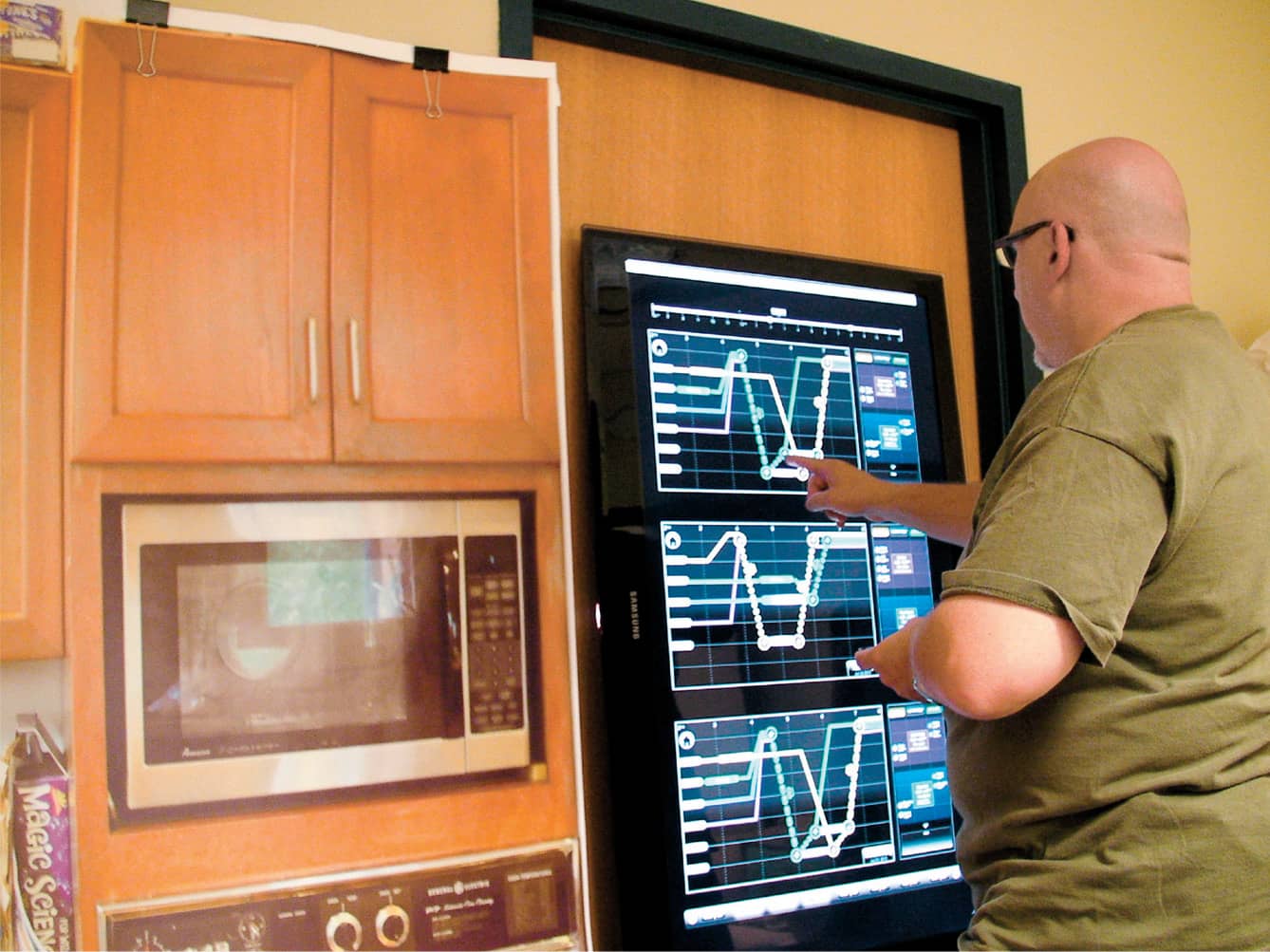RESEARCH METHOD
36 Experience Prototyping

Experience prototyping facilitates active participation in design through subjective engagement with a prototype system or service, product, or place.1
Prototyping in general is the tangible representation of artifacts at various levels of resolution, for development and testing of ideas within design teams and with clients and users. However, whereas many prototypes only demand passive viewing for concept communication and review, experience prototyping fosters active participation to encounter a live experience with products, systems, services, or spaces. Additionally, experience prototyping expands on design development and testing, to embody a means for understanding, exploring, and communicating design ideas and concepts.2 Experience prototyping can be used as an effective tool for design teams, clients, and end users.
Experience prototyping involves exercises completed by design teams to foster a vivid sense of the user’s potential experience. Similar to role-playing, simulation exercises, and bodystorming, low-fidelity prototypes or props are used to help create a realistic scenario of use and activate the felt experiences of designers or users. The method is advantageous for its low cost, and for when situations prevent real-life experiences because of inherent risks and dangers or complicating logistics. For example, design teams could experience a patient intake and surgical preparation process by experience prototyping of a medical environment, including key points of product, system, space, and service interactions.
For exploring and evaluating design ideas, design teams can use experience prototyping internally, and with clients and users. The method here involves typically low-fidelity prototypes in iterative design development, to try things out and gain critical feedback based on realistic scenarios. At the low end, prototypes may include simple props and role-playing sessions; at the higher end, physical or digital prototypes with some level of functionality are tested in realistic field situations.
As a communication tool, experience prototyping is effective for persuading key audiences, whether client or user, of the values inherent in design concepts, through direct and active engagement. This typically implies a level of functionality that allows realistic engagement with a product or system, yet with a caution that the prototype represents a work in progress, and not the final design artifact.
In service design, experience prototyping is an excellent tool for exploring and testing the physical touch points of a system across time and place, for example, with low-fidelity mock-ups representing information kiosks, maps, payment systems, mobile devices and apps, and key personnel roles encountered in the service interaction.3
1. The seminal research articulating experience prototyping as a method appears in:
Buchenau, Marion, and Jane Fulton Suri. “Experience Prototyping” in Proceedings of Designing Interactive Systems (DIS). ACM, 2000: 424–433.
2. See note 1 above.
3. See, for example, the service design workshop on creating a citywide bicycle service for the city of Helsinki from October 5, 2009, available at:
4. Davidoff, Scott. “Routine as Resource for the Design of Learning Systems.” Ph.D. Thesis: Carnegie Mellon University Technical Report CMU-HCII-11-103, 2011.

Experience prototypes surround a prototype product or service with a simulated physical and/or social context of use.4
A researcher plays the role of an appointment nurse, simulating the social context of a doctor’s office. The user schedules an appointment using a mobile device prototype.

Physical props and large format paper printouts simulate a kitchen. The user receives a call from a researcher playing the role of the spouse, simulating the social context. The user reschedules a doctor’s appointment using a large-screen prototype.
Courtesy of Scott Davidoff
